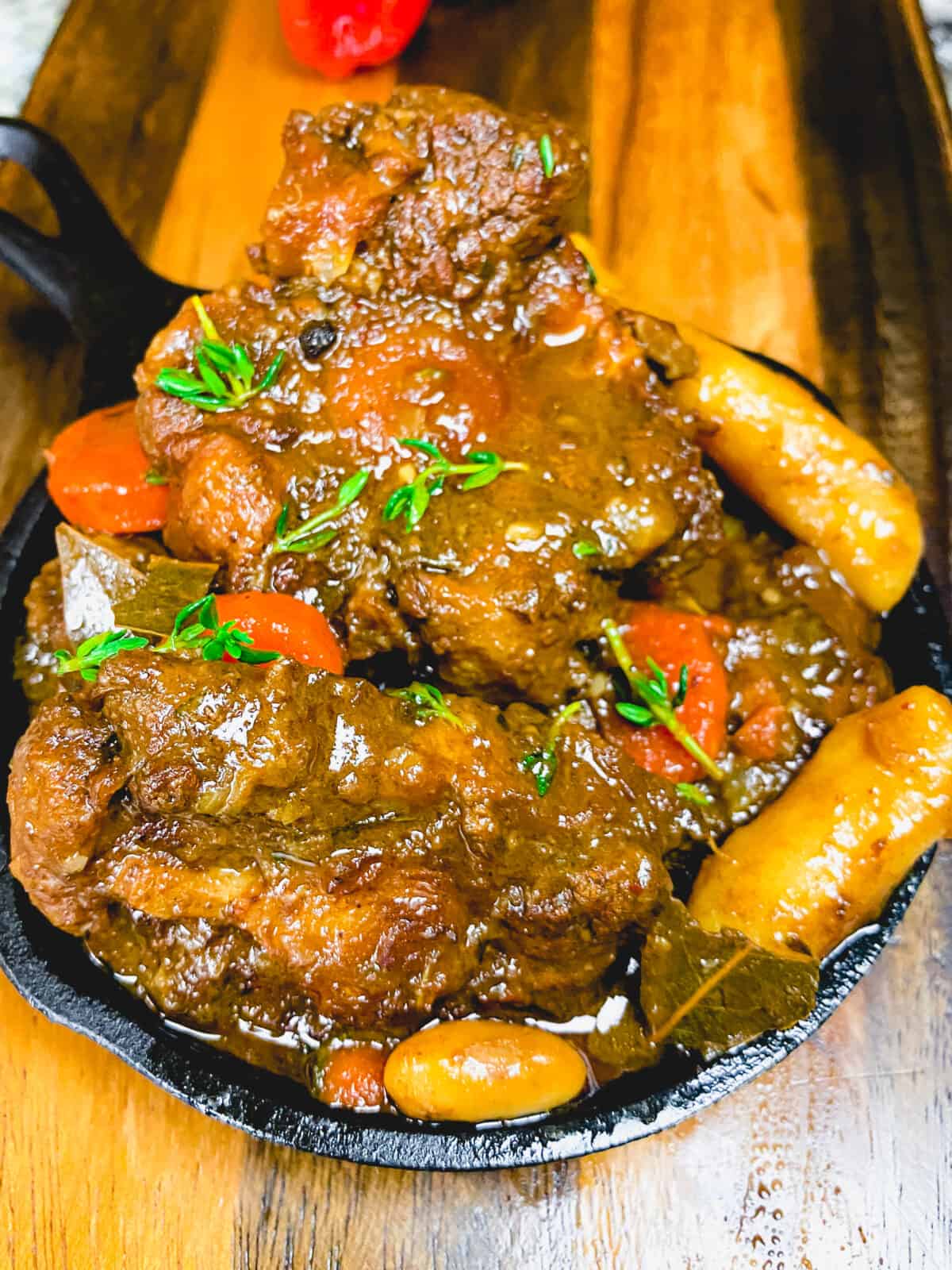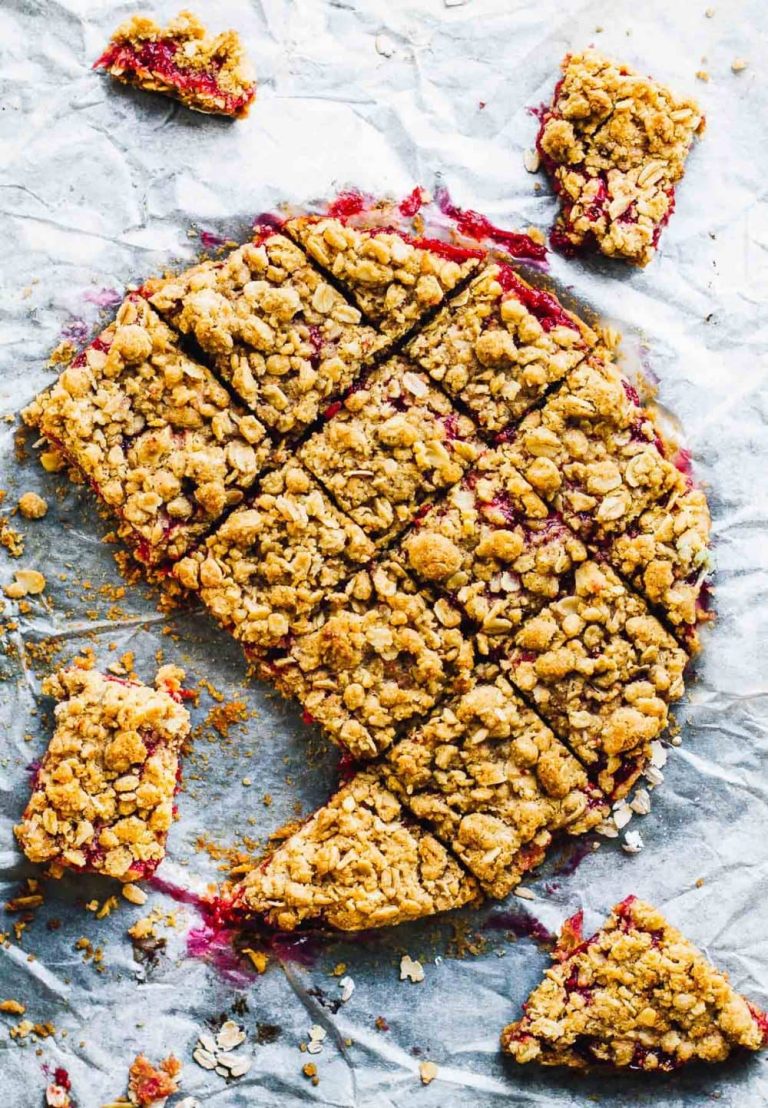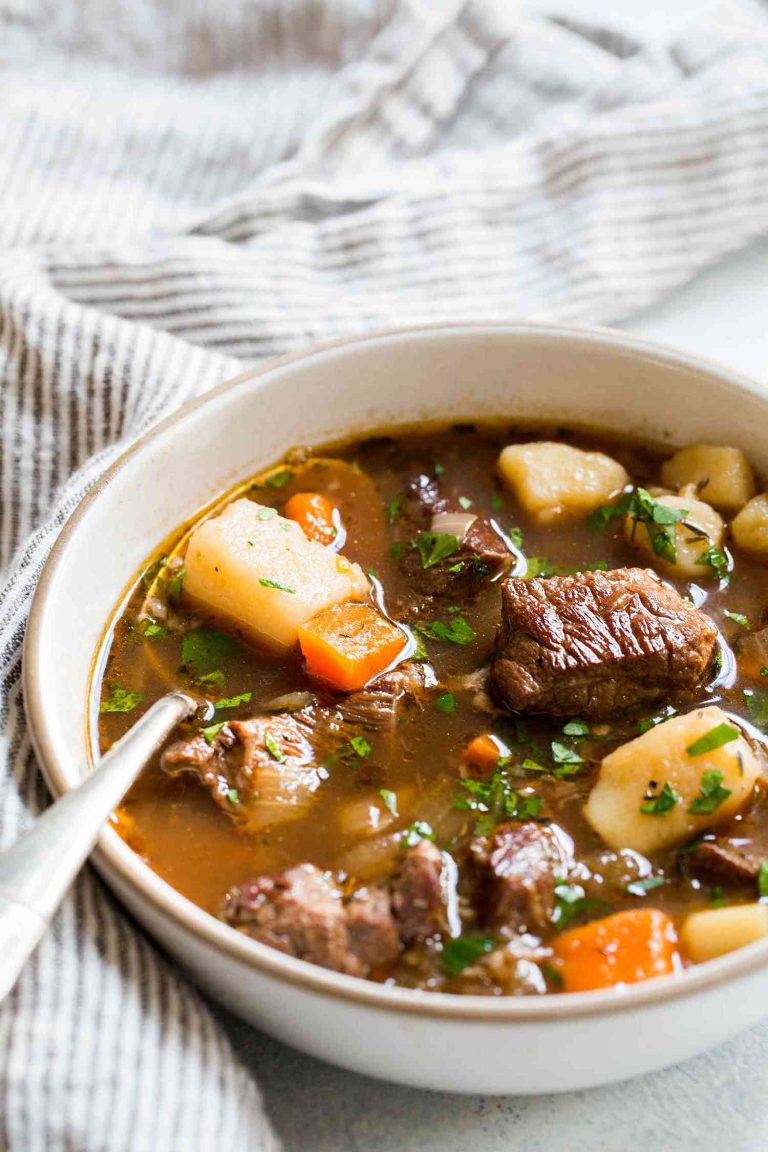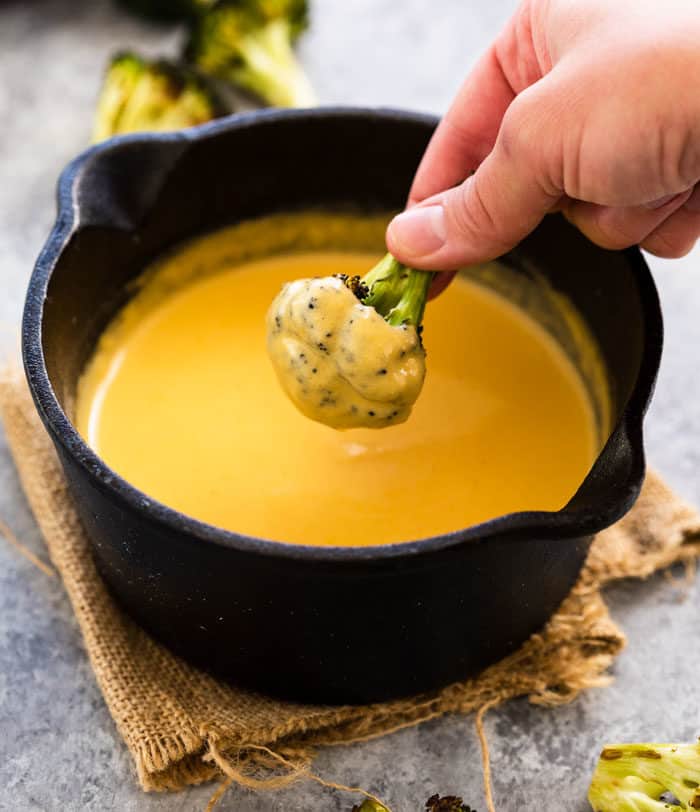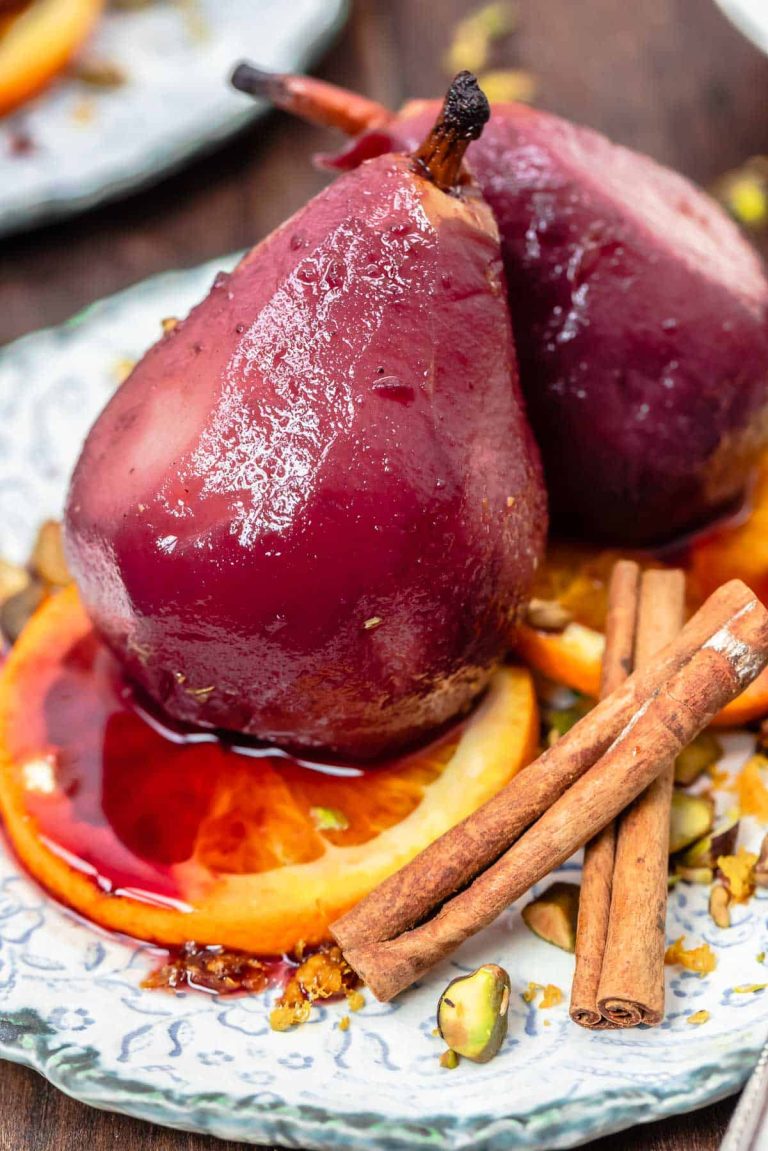Jamaican Oxtail: History, Recipes, and Perfect Pairings for Your Next Meal
Jamaican oxtail, rooted in the island’s history, originated from the culinary practices of enslaved Africans. They used this inexpensive cut of meat to create nourishing meals. The dish quickly became a staple in Jamaican cuisine due to its rich flavors. Scarcity and resourcefulness turned oxtail into a celebrated symbol of cultural heritage.
Evolution of the Dish Over Time
Traditionally, oxtail in Jamaica was slow-cooked with local herbs and spices, such as thyme, allspice, and Scotch bonnet peppers. Over the years, adaptations emerged, incorporating influences from other cultures. Modern recipes might include ingredients like Worcestershire sauce and lima beans. Despite these changes, authentic Jamaican oxtail remains true to its flavorful roots.
Each phase of the dish’s evolution reflects Jamaica’s diverse cultural tapestry. Whether you’re savoring a traditional recipe or a modern twist, Jamaican oxtail offers a delicious historical journey.
Key Ingredients in Jamaican Oxtail
The Role of Oxtail
Oxtail, derived from the tail of cattle, stands as the central ingredient in Jamaican oxtail dishes. Its rich, gelatinous texture results in a deep, hearty flavor when slow-cooked. This cut of meat, typically chopped into segments containing bone and marrow, ensures a broth that thickens naturally as it simmers. Oxtail also holds cultural significance, reflecting resourcefulness by elevating a once humble cut into a celebrated dish.
Importance of Spices and Seasonings
Spices and seasonings are pivotal in crafting the distinct taste of Jamaican oxtail. Allspice, also known as pimento, imparts a warm, complex flavor integral to the dish. Thyme, often used fresh, adds an aromatic depth. Scotch bonnet peppers contribute a fiery kick, providing heat essential to authentic recipes. Soy sauce and Worcestershire sauce lend umami and a subtle sweetness, balancing the robustness of the spices. Aromatics like garlic, onions, and scallions enhance the overall flavor profile, ensuring a rich and savory experience.
Cooking Techniques for Jamaican Oxtail
Traditional Cooking Methods
Traditional methods for cooking Jamaican oxtail emphasize slow-cooking to extract maximum flavor. Begin by browning the oxtail pieces in a hot pot, which caramelizes the meat and builds a rich base. Once browned, simmer the oxtail with key seasonings like allspice, thyme, Scotch bonnet peppers, soy sauce, Worcestershire sauce, garlic, onions, and scallions. Add water, ensuring the liquid level covers the meat.
Cook the oxtail on low heat for 2-3 hours. This slow-cooking tenderizes the meat and melds the flavors. A slow cooker or Dutch oven works best for this process. The final step involves adding beans, often lima beans, which provide additional texture and nutritional value.
Modern Twists and Techniques
Modern techniques for making Jamaican oxtail often incorporate appliances and innovative ingredients. Pressure cookers reduce the cooking time drastically, tenderizing the oxtail in approximately 45 minutes. This method retains the deep flavors while offering convenience.
Sous vide techniques also appear in contemporary recipes. Seal the seasoned oxtail in a vacuum bag and cook it in a water bath at 185°F for 24 hours. Post-cook, brown the meat to achieve a rich crust.
Embedding global influences, some chefs add red wine or balsamic vinegar to deepen the sauce. Grilling the oxtail before integrating it into the stew adds a smokey dimension. These modern methods maintain the dish’s authenticity while enhancing it with new layers of flavor.
Serving and Pairing Ideas
Traditional Side Dishes
Jamaican oxtail pairs beautifully with traditional side dishes, enhancing its rich, savory profile. Rice and peas, a staple in Jamaican cuisine, provides a complementary base that absorbs the flavors of the oxtail stew. Serve it alongside steamed white rice if you’re looking for a simpler accompaniment. Fried plantains add a sweet balance to the dish’s hearty taste. Boiled dumplings offer a chewy texture contrast, while festivals, sweet fried cornbread, bring a delightful sugary note.
Suggested Wine Pairings
The robust flavors of Jamaican oxtail call for equally bold wine pairings. Red wines such as a Malbec or Shiraz complement the dish’s rich, meaty character. Opt for a Zinfandel for its spicy notes which resonate well with the oxtail’s seasoning. A Cabernet Sauvignon, with its full-bodied texture and dark fruit flavors, also pairs excellently. For those who prefer white wines, a Chardonnay with its creamy, oaky undertones provides a nice contrast.
Conclusion
Jamaican oxtail is more than just a dish; it’s a culinary journey steeped in history and tradition. Its rich, hearty flavors and unique texture make it a standout in Jamaican cuisine. Whether you’re a novice cook or a seasoned chef, experimenting with traditional and modern cooking methods can elevate your oxtail stew to new heights. Pair it with classic sides like rice and peas or fried plantains, and don’t forget to explore wine pairings that complement its robust flavors. Dive into the world of Jamaican oxtail and savor the cultural richness it brings to your table.
